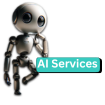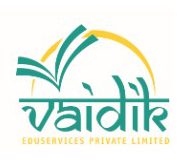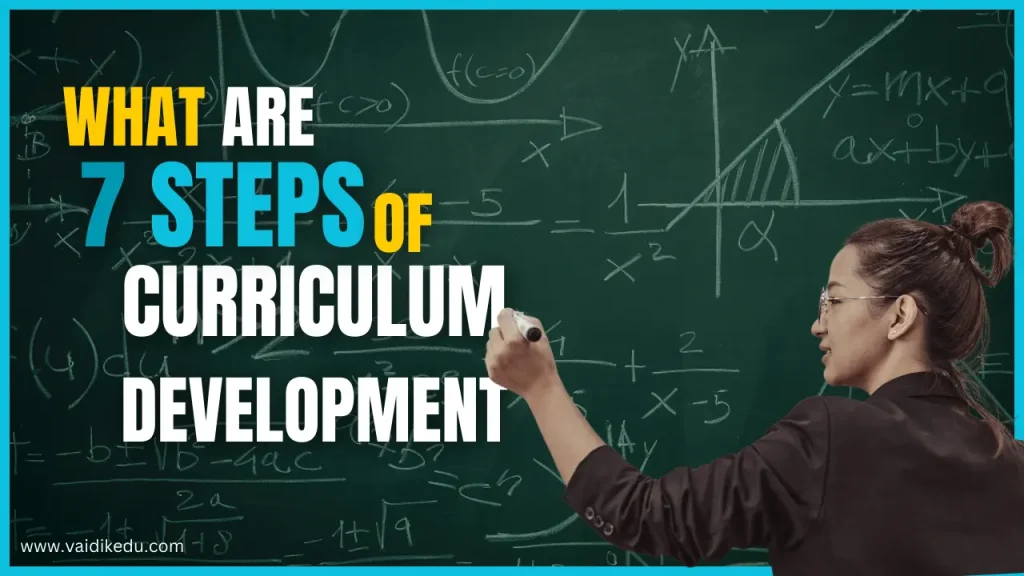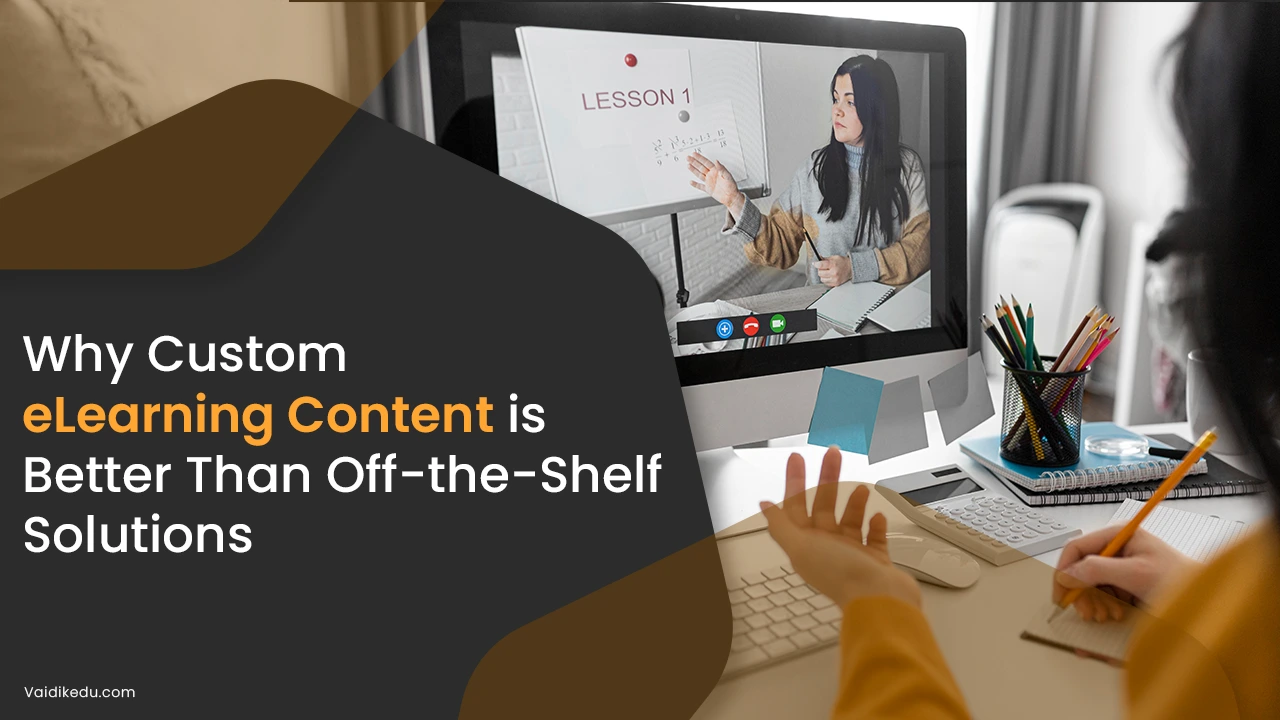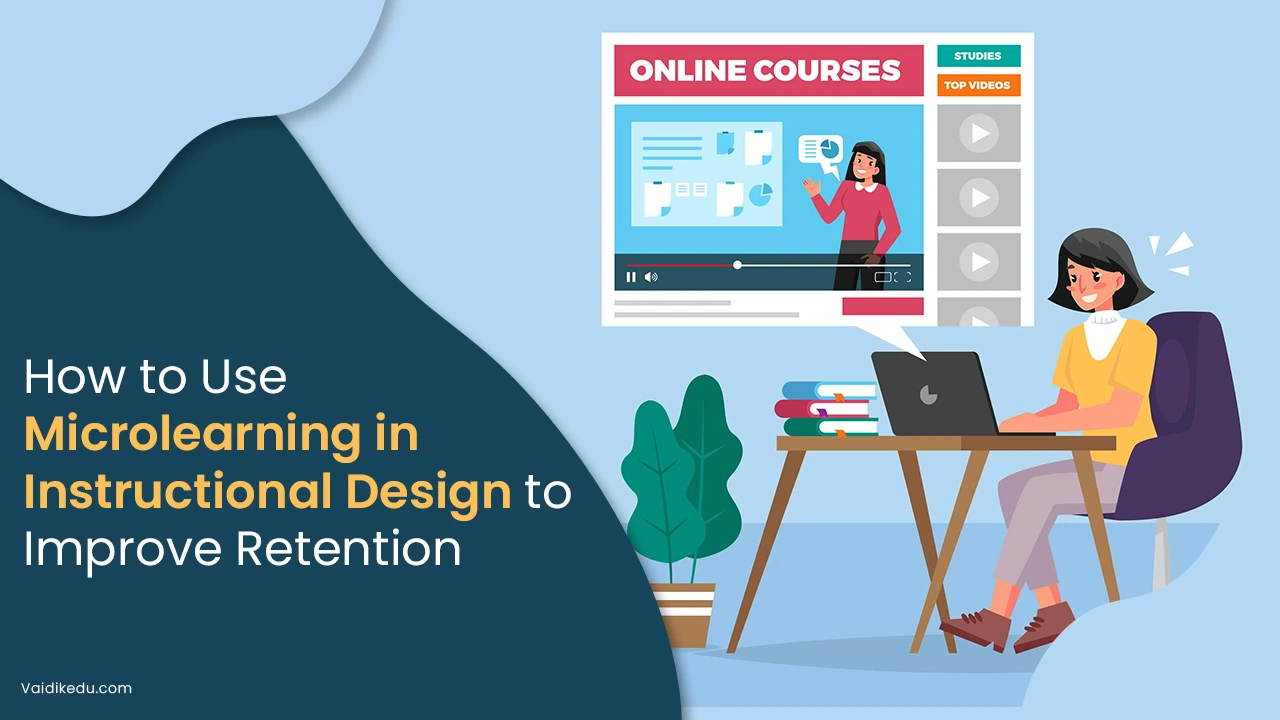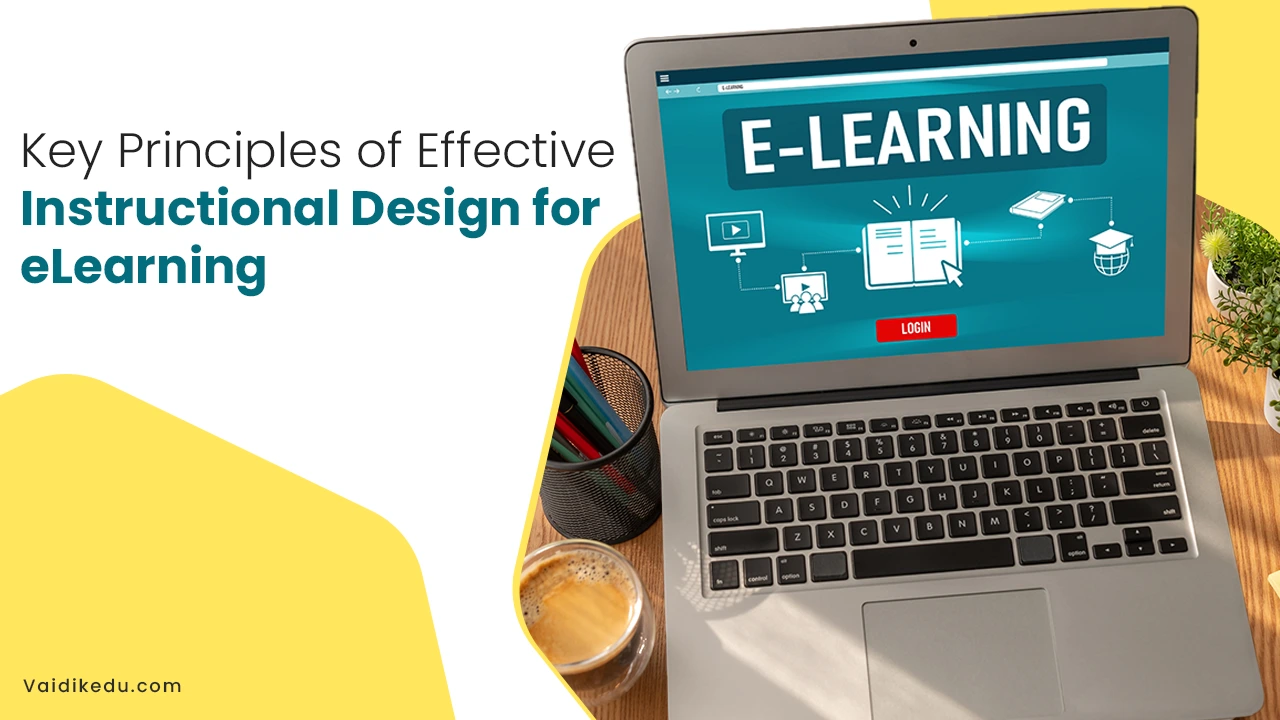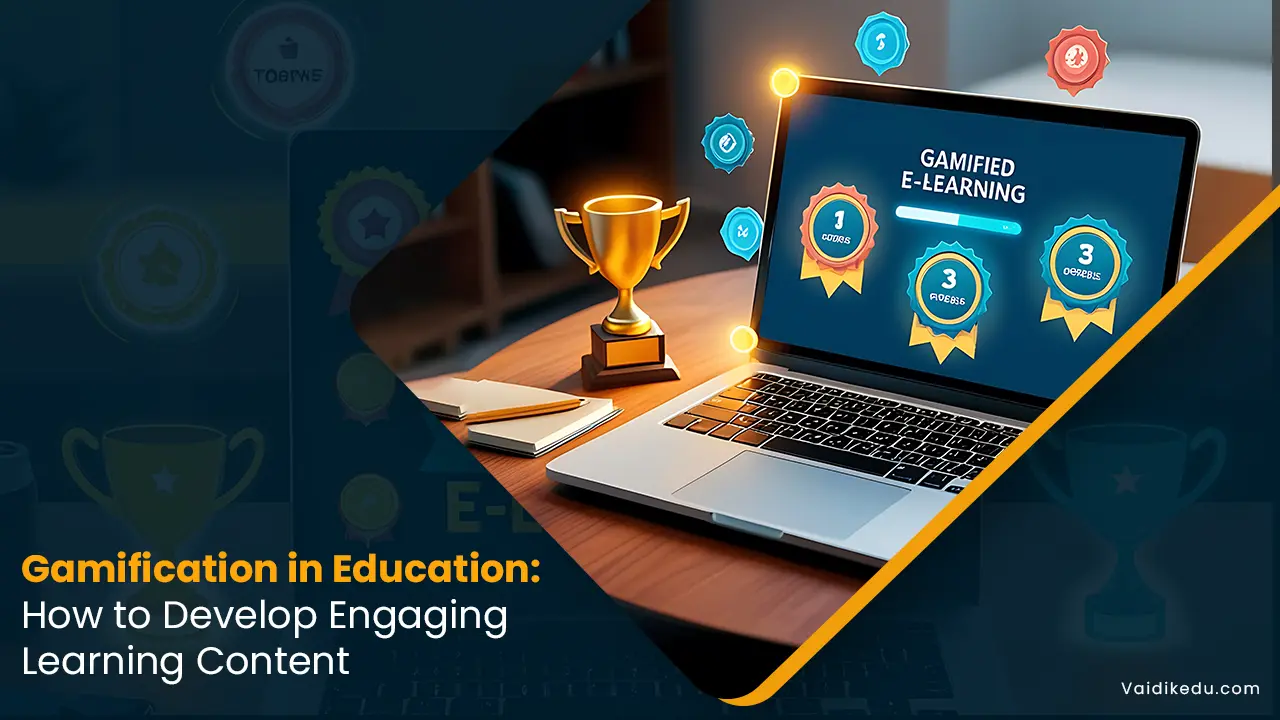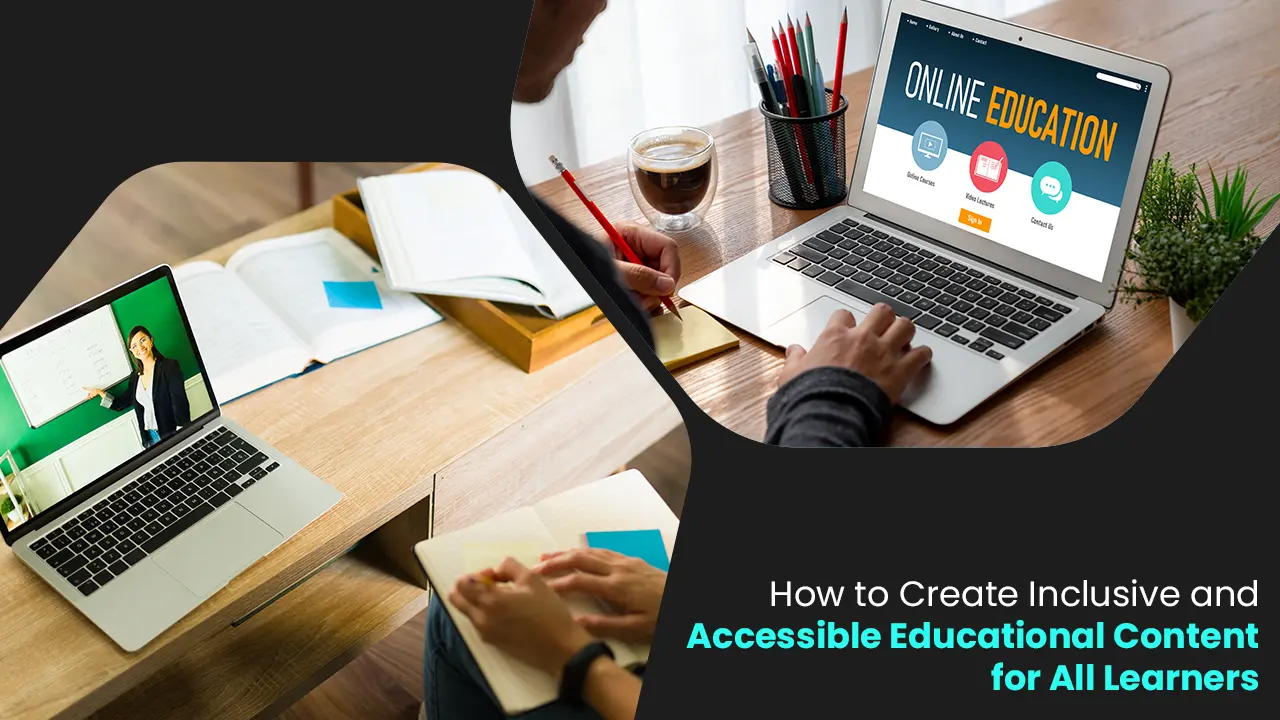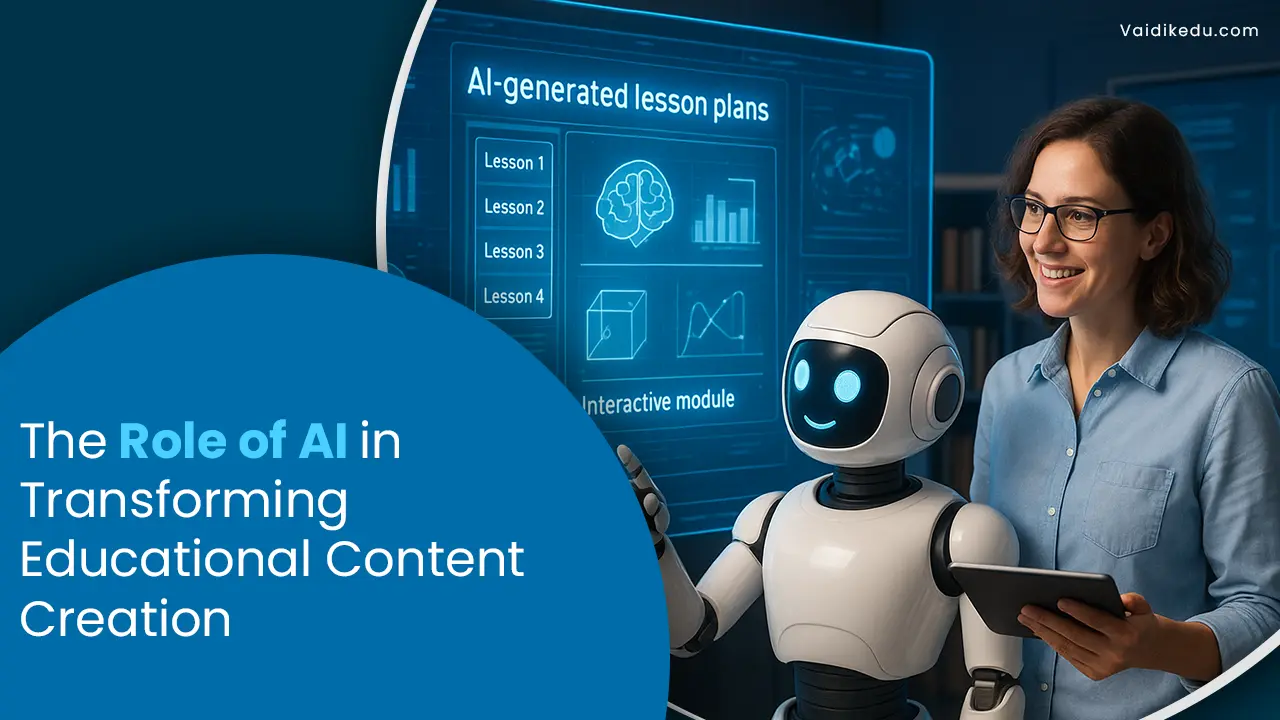The process of acquiring and learning new specific, general skills, values, and abilities including educator and learner. There was a time when learners used to attend any class session at a fixed time due to teachers’ availability, but things are changing in the modern era of education.
A child can learn anything anywhere and anytime. There are many ways to acquire new talents that align with one’s interests in the modern world. The curriculum is the foundational element of a quality education.
What is The Curriculum?
- A curriculum is defined as the structured and planned process to reach the goal. The curriculum provides a roadmap so that the children can navigate in a better manner to their destination.
- The curriculum guides instructions and hands-on activities required for learners according to their needs. For better learning and teaching, organized content and activity are very important.
What is Curriculum Development?
- Curriculum development is the process of creating a visualization into reality. The plan of learning from the starting point to the ending point guides the child about every step of learning.
- Curriculum development is a thoughtful process as it requires experience and creativity to enhance learning in a meaningful way.
- The curriculum development Services gives organized guidance about “what to learn?” and “how to learn?”.
7 Steps of The Curriculum Development:
1. Needs Assessment:
- It is very important to understand your intended audience to design the curriculum.
- The initial step should be identifying the problems where the learner is lacking. The gap should be identified for a better plan.
- Inclusive education should be prioritized, which gives equal opportunity to all children without any differentiation, but all students are not the same. Some are creative, gifted, and slow.
- It should make sure that the curriculum is balanced according to all the children.
2. Goal Setting And Objectives:
- The objective of the curriculum should be clear and specified according to the needs of the learner.
- The curriculum should be SMART:
S: Specific
M: Measurable
A: Achievable
R: Relevant
T: Time-bound
- As it can easily be understood by the above words, the curriculum should be specific according to needs and goals,
- The curriculum should be completed in a certain period that should not be too lengthy.
- The content should be relevant, and the learner must be careful that they can instantly connect it with their real life.
3. Content Selection:
- Content selection is the main important step in the curriculum activity, as the learning and understanding depend on the content provided to the learners.
- During content selection, make sure that the activities, instructional strategies, and assessments are aligned logically.
- The curriculum should be adaptive and flexible for teachers as well as learners. For a particular subject, the curriculum should be developed under the subject expertise.
- There should be proper research on the learners’ language barriers and backgrounds to keep the content specific and relevant.
4. Instructional Strategies:
- The teacher should make sure that the instructional strategy is engaging and allows open-ended questions to the children.
- As many examples of practical, real-world activities as feasible should be incorporated into instructional strategies.
- Between the learner and the curriculum, a teacher acts as a mediator. The ability to adapt to new skills requires both a well-thought-out instructional plan and an effective method.
- No subject or topic is difficult to learn, but it depends on the instructional Designer how to deliver and present it.
5. Implementation:
- The crucial step in the development of curriculum. Now, we have come to the step where we need to start putting our plans and strategies into action.
- Classroom approach, this process involves interaction, lectures, and activities. The process of implementation depends on the teacher and how effectively they are introducing the concept.
- The basic requirements to implement the curriculum are teacher, students, learning environment, and resources used to facilitate learning.
- Effective curriculum should be implemented in phases, as it requires introductions, interactive processes, engaging processes, assessment, and exploration to strengthen learning.
6. Evaluation:
- It is very important to evaluate to understand whether the curriculum is effective or not. It gives important feedback to teachers and learners.
- Evaluation helps in observing the improvement and growth of the child.
- Evaluation is also a systematic process that gathers information about the effectiveness and impact of the curriculum on students and in class.
- This helps in giving feedback to the experts for the modifications required in the curriculum.
7. Revise And Improve:
- After the evaluation of the learners, the reports and the improvement of the learners will give the outline of the curriculum.
- The required changes in the curriculum are now easily implemented according to their needs.
- The curriculum should be revised based on their feedback and evaluation report.
- The assessment required improvement, and changes can be made based on the evaluation and can be added to the curriculum.
Conclusion:
We all have experiences somewhere in our lives where we find the content of books or any course boring so that we are not able to develop an interest in particular things.
But the teaching is so effective that we learn the subject and also develop an interest in that particular subject. And sometimes, even after effective teaching, the student does show interest and an effective outcome in the learning.
- The process of learning is an exchange between the student and the teacher. It requires the involvement of both sides.
- The curriculum gives a planned and organized timetable about what to teach and how to teach.
- Every child is different, and their capability to adapt also varies. So, the curriculum is designed by making every child a priority.
- There are different ways of teaching included, and different activities are designed to make the learning effective.
Frequently Asked Questions
Every child is different and their mental level is different. It is better to understand the child’s learning pace and provide them with the curriculum according to their requirements.
Interactive activities give impactful learning. Interactive learning includes debates, question-answers, discussions, and peer collaboration learning. Children can learn to express their thoughts and ask open-ended questions with the use of these kinds of exercises and evaluations.
For effective and impactful education, the curriculum needs to be designed according to proper requirements. The curriculum needs to be modified to an individual’s requirements. The curriculum should be effective and entertaining, with crucial elements and educational policies taken into account during design.
As the facilitator, the teacher is quite familiar with the needs of the students. The teachers spend the maximum time with students in the classroom and know the best way to perform the activities and implement the curriculum.
The curriculum is designed to make education effective and impactful. If we want the best result, then we need to design the best curriculum for the students. The modification is important according to the requirements and interests of the students.
The curriculum development process includes analyzing learner needs, setting clear objectives, selecting content, organizing content, choosing learning experiences, implementing the curriculum, and evaluating and revising it. This ensures a systematic, effective approach to meet learning goals.
The four elements of curriculum development are: objectives (learning goals), content (what to teach), learning experiences (activities and strategies), and evaluation (assessment of learning).

